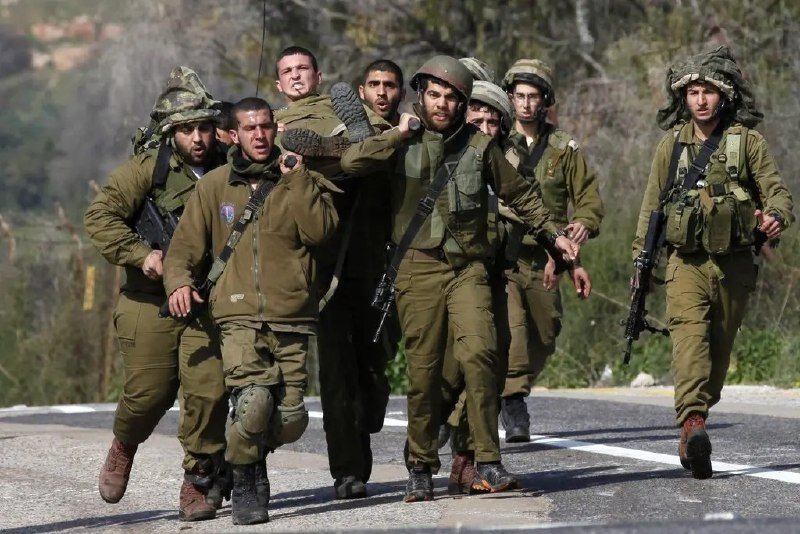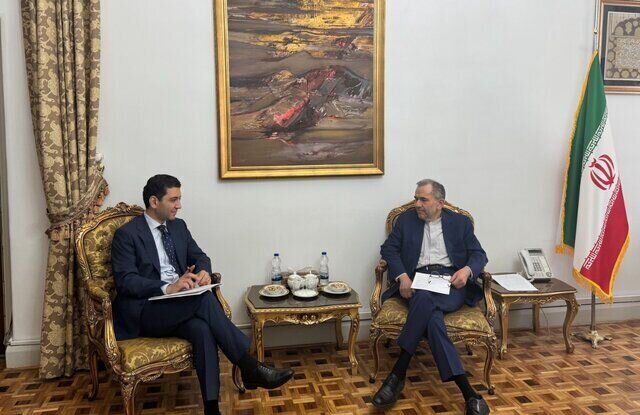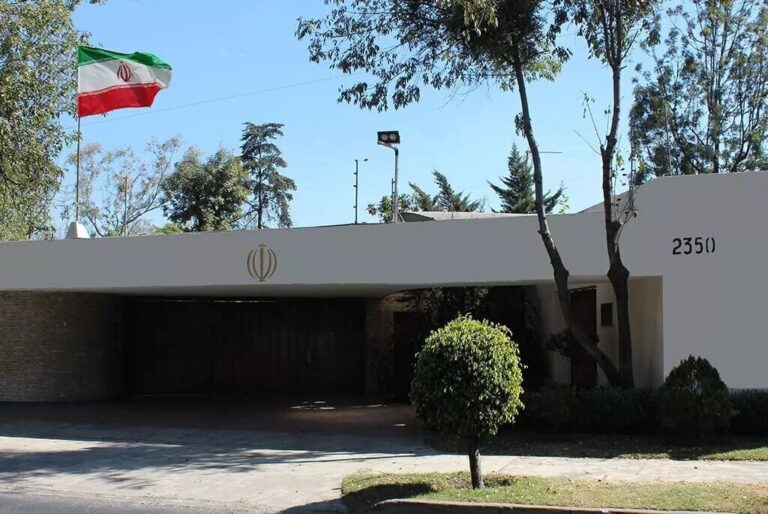Unfolding Tensions: Israeli Soldiers Remain in the Crosshairs of Ongoing Conflict
Israel’s ongoing military presence in southern Lebanon has raised significant concerns following the expiration of the deadline for its full withdrawal. The situation has escalated as the Israeli military has partially pulled out from various towns and villages, yet it still maintains forces in five strategic locations. This article delves into the complexities surrounding Israel’s actions and the responses from Lebanese authorities and Hezbollah.
On Monday, Israeli military spokesperson Nadav Shoshani stated, “We need to remain at those points at the moment to defend Israeli citizens, to make sure this process is complete and eventually hand it over to the Lebanese armed forces.” This assertion highlights Israel’s justification for its continued presence in the region, which has drawn international scrutiny.
As part of the monitoring of the truce agreement, Shoshani noted that the “temporary measure” had been approved by a US-led body. However, this justification has not satisfied the United Nations or Lebanese officials. In a joint statement, UN envoy Jeanine Hennis-Plasschaert and the UNIFIL peacekeeping force indicated that Israel’s delay in withdrawing from southern Lebanon constitutes a violation of a crucial 2006 Security Council resolution that ended hostilities between Hezbollah and Israel.
Concerns were echoed by President Joseph Aoun, who expressed doubt about a complete withdrawal, stating, “The Lebanese response will be through a unified, comprehensive national position.” This sentiment underscores the gravity of the situation as Lebanon seeks to assert its sovereignty.
Hezbollah’s leadership has also weighed in on the issue. Naim Qassem, the Secretary-General of Hezbollah, emphasized the necessity for Israel to comply with the ceasefire agreement. He declared, “Israel must withdraw completely on Feb. 18, it has no pretext, no five points or other details… this is the agreement.” Qassem further stated, “The Lebanese state must not accept partial withdrawals or conditions. There is no justification for any continued occupation, and Lebanon’s stance must be firm and decisive.”
The ceasefire between Israel and Hezbollah, which came into effect on November 27 of the previous year, was established in the wake of escalating tensions. The conflict reignited following Prime Minister Benjamin Netanyahu’s order for military action against Gaza on October 7, 2023. This decision led to a massive bombing campaign in Lebanon aimed at diminishing Hezbollah’s influence.
Prior to the ceasefire, Israeli military operations resulted in the deaths of nearly 4,000 people in Lebanon and widespread destruction, particularly in the southern regions. Despite the ceasefire, the Israeli army continued its aggressive tactics, leading to additional civilian casualties.
The terms of the two-month ceasefire agreement required Israel to withdraw its forces from Lebanon while allowing the Lebanese Armed Forces to take control of the southern territories. In return, Hezbollah was expected to move north of the Litani River, which flows through southern Lebanon.
The longstanding animosity between Israel and Hezbollah traces back to the early 1980s when Hezbollah was formed in resistance to the Israeli invasion of Lebanon. The situation escalated dramatically in 1982 when Israel launched a full-scale offensive, pushing its military all the way to Beirut. After nearly two decades of occupation, Israel withdrew in 2000, largely due to Hezbollah’s relentless resistance.
Ongoing tensions continued even after Israel’s exit, culminating in the 2006 war triggered by the capture of two Israeli soldiers by Hezbollah on July 12, 2006. The conflict lasted until August 14, resulting in over 1,000 Lebanese deaths, predominantly civilians, and more than 120 Israeli soldiers killed.
With support from previous US administrations, notably that of Donald Trump, Israel appears to harbor misconceptions about Hezbollah’s capabilities. This has led to a persistent military presence in southern Lebanon, despite growing opposition and resistance from the Lebanese populace.
- Israel’s military presence in southern Lebanon: Justified as necessary for security.
- UN condemnation: Delay in withdrawal seen as a violation of 2006 resolution.
- Hezbollah’s demands: Total withdrawal required without conditions.
- Historical context: Long-standing conflict between Israel and Hezbollah dating back to the 1980s.
In conclusion, the ongoing Israeli military presence in southern Lebanon continues to provoke strong reactions from both Lebanese officials and Hezbollah. The situation remains precarious, with potential implications for regional stability. As tensions mount, the call for a comprehensive withdrawal from Israeli forces grows louder, reinforcing the need for adherence to international agreements and respect for Lebanon’s sovereignty.






